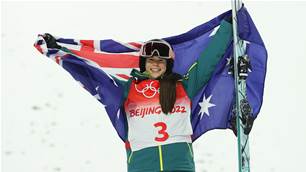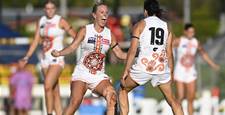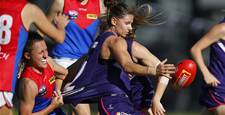The Women’s Game first Roundtable was held on May 17 in Sydney.
4. Identify the key challenges and obstacles faced in achieving those objectives
There will be two key challenges and obstacles for increasing participation rate, coaching pathways and equity for women and girls in sport. The first is the perceived societal norms and perceptions of women. This is believing women should do some things and not others because they are female. Recently, the IAAF has brought in a ruling to lower the testosterone levels, if passed this will be handed out to another 55 sports federations for them to enforce without choice otherwise consequences including having funding was taken away or the sport not being included at an Olympics.
These decisions were brought in because the IAAF and IOC believe women who are muscular compared to what they think women, have something wrong with them. The Sports Integrity Initiative demonstrates the inequality behind the decision.
 While, as humans in the 21st century, we like to think we don’t have these ideas but there are still people out there with these beliefs. One way to change this is making girls and women feel valued at their clubs and within their teams instead of feeling they come second to the men and boys involved at the club.
While, as humans in the 21st century, we like to think we don’t have these ideas but there are still people out there with these beliefs. One way to change this is making girls and women feel valued at their clubs and within their teams instead of feeling they come second to the men and boys involved at the club.
There is also the issue that sport is still a male-dominated arena which can also add another level of girls and women having put pressures on them to have to prove themselves because of certain beliefs. The following Women’s Sport and Fitness Foundation Factsheet discusses a range of challenges facing girls from playing sports.
The second obstacle is to tackle how to give niche sports another platform to give news on their female athletes. This becomes a tough objective to tackle unless both The Women’s Game and sporting body work together to promote the information. This means the sporting body needs to make the information readily available and be open to having interviews from all news organisations.
Related Articles
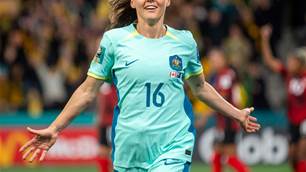
Aussies Abroad: Dub champions gutted, ribbons Raso on the move, and transfers, transfers, transfers
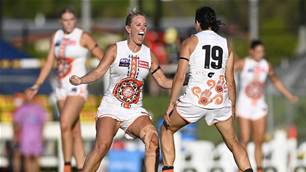
Updated: AFLW Round 2 preview and schedule
